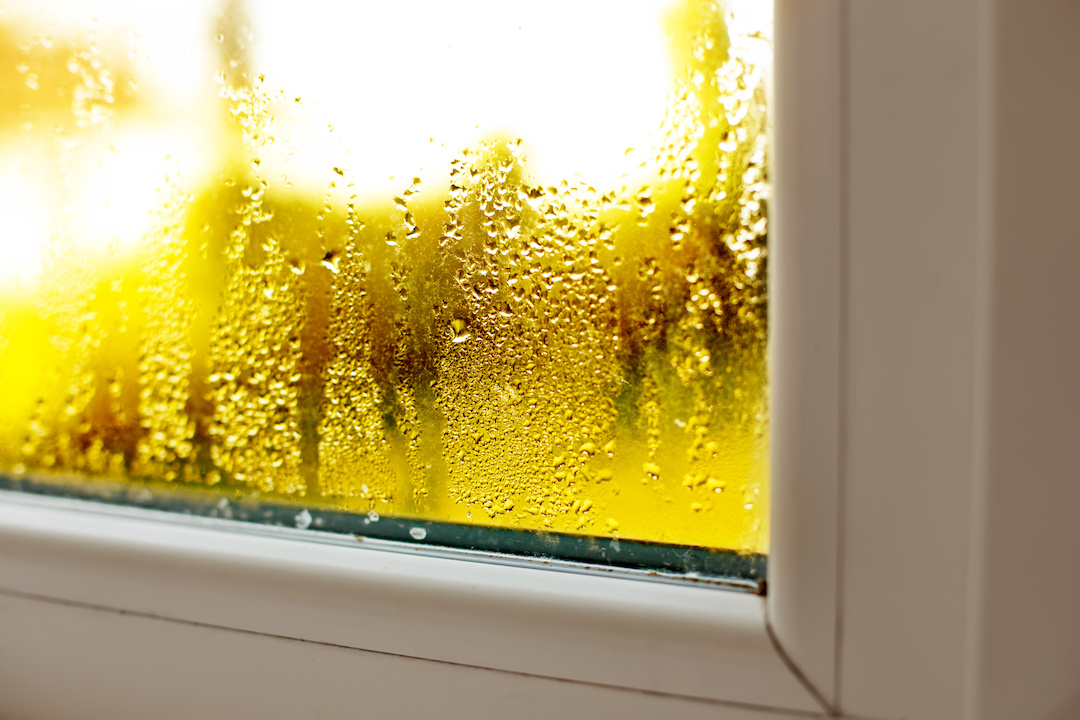Finding out that mold has taken over your home is never a good experience. Not only can it do a lot of damage to your property, but it may also be a sign of a bigger problem, such as water damage or high humidity. And worst of all, mold can also have a negative impact on your family’s health.
But while you can always get rid of mold with the help of a professional, it’s always best to prevent it entirely. As a result, we’ve decided to give you a few tips in order to help keep your home safe and mold-free, even in a hot, humid environment.
1. Utilizing Window and Door Screens
High humidity is often the number one cause of mold growth. That’s why you need to ventilate your home by opening your doors and windows regularly. By doing this, you can achieve optimal airflow and decrease your chances of mold growth during the hot, humid months. If you don’t have screens on your windows and doors, we highly recommend investing, as you’ll be more apt to practice this tip when insects don’t present a problem.
Even in cold winter months, opening the windows for a few minutes each day will ensure that the stale air is partially replaced with fresh air.
2. Get a Dehumidifier
As temperatures are climbing, so are humidity levels! Making sure that your home’s humidity levels stay below 40% is an easy way to ensure that your home can lower your chances of mold spore growth. In order to keep your humidity levels under that threshold, you can always rely on a dehumidifier.
Even though most dehumidifiers should do the job nicely, we believe that one with an automatic sensor is the best way to go. That’s because it will switch itself on as soon as your home goes above 40% humidity, maintaining a good level of humidity at all times.
3. Avoid Cooling Your Rooms
We get it — it’s hard not to want to completely cool your home during the summer, particularly if you live in a hot area. However, huge discrepancies between indoor and outdoor temperatures can cause humidity issues. As a result, experts recommend that you keep an overall temperature above 68 °F. So make sure to check your thermostat and adjust it accordingly.
4. Dry All Wet Areas
Without moisture, mold is unable to grow and spread throughout your home. Thus, you need to clean up any wet areas quickly. That includes bathroom tiles, wet carpets, and damp basements. You should also inspect your attic for any water infiltration, especially after heavy rain.
5. Don’t Dry Clothes on Radiators
Everybody is guilty of drying clothes on a radiator at least once in their lives. This is especially true for people living in flats or during the winter months when air drying is not always an option. However, drying clothes on radiators can increase moisture in the air, creating damp spots in your home.
If possible, hang your clothes on a washing line as soon as you get them out of the washing machine. Or, you could use a tumble dryer instead. Just remember that the latter can also cause condensation, slightly increasing humidity.
6. Use Mold Resistant Home Products
Last but not least, you’ll be able to find mold-resistant home products that you can use during home renovations. For instance, replace your traditional plasterboard and insulation with an anti-mold treated alternative. Mold repellent paints are also available and feature mold inhibitors that prevent mold spores from sticking and developing on them.
Get Rid of Mold Today!
Sometimes, no matter how hard you try, mold finds a way to invade your home. And while you could handle small infestations by yourself, it’s always a good idea to contact a local remediation company. They will be able to get rid of mold and prevent further infestations with the help of cutting-edge equipment. So don’t let mold become a life-threatening problem; get rid of it today!








